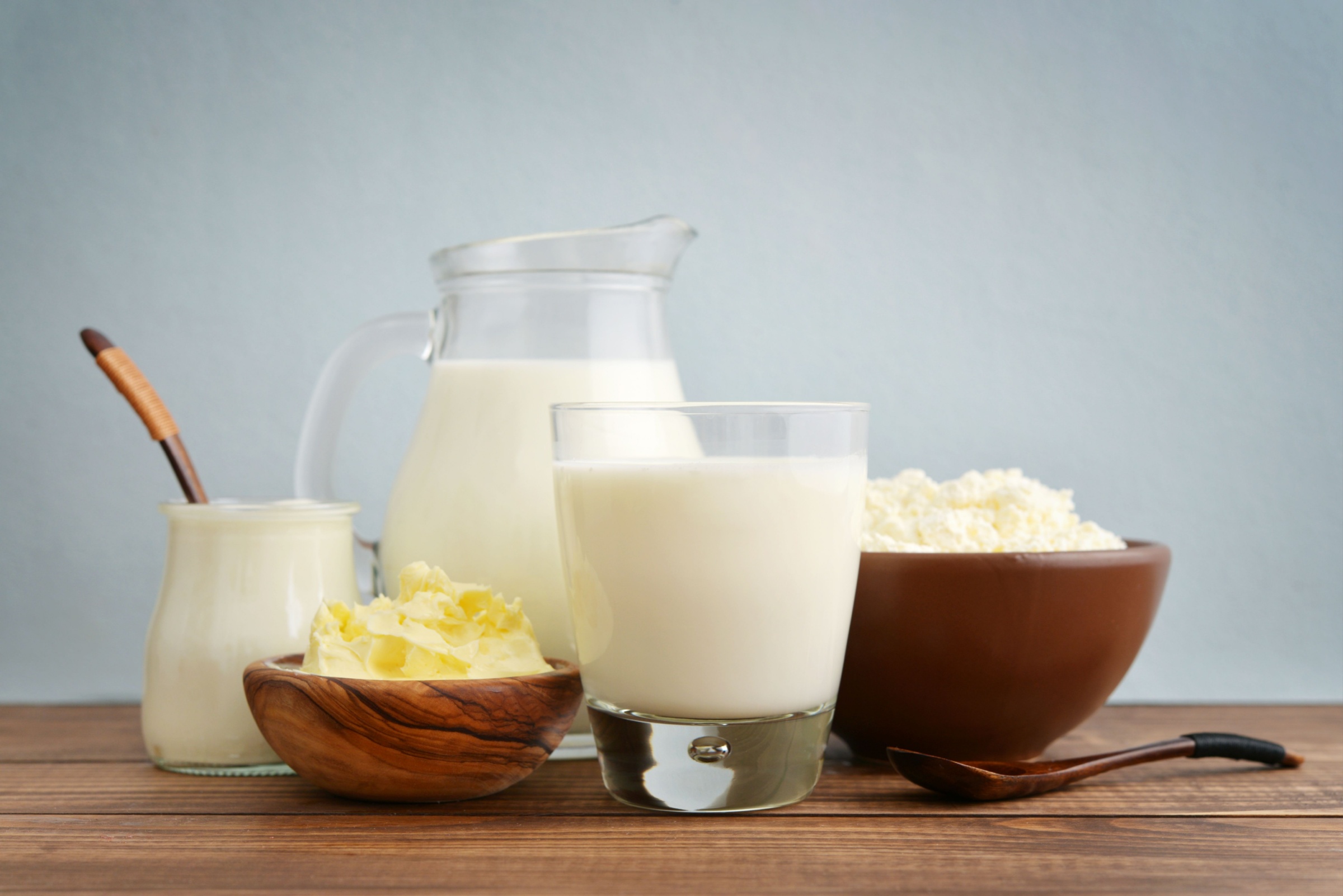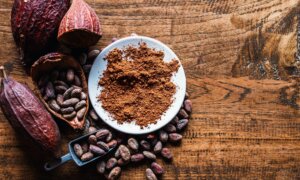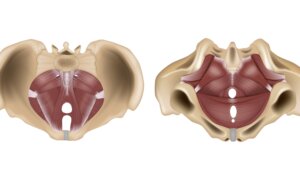In 2001, Dr. Stephanie Venn-Watson began a journey that led to an unexpected discovery, and she did it by studying dolphins.
The U.S. Navy invited Venn-Watson, a veterinary epidemiologist and public health scientist, to help improve the health of its aging dolphins.
In her work, she discovered that dolphins age much like humans and are susceptible to the same age-related conditions, including high cholesterol, chronic inflammation, and arthritis. However, not all the Navy dolphins developed these conditions, and she and a team of scientists set out to discover why.
Using metabolomics—the study of metabolites in an organism, tissue, or cell—they identified a specific nutrient present in humans and dolphins that emerged as a key predictor of healthy aging in dolphins, called pentadecanoic acid, or C15:0.
It turned out that this odd-chain saturated fatty acid improved the dolphins’ health and longevity. Intrigued, Venn-Watson became a pioneer in C15:0 research.
What Is Pentadecanoic Acid?
Pentadecanoic acid is a 15-carbon-long odd-chain saturated fatty acid. It is found primarily in whole-fat dairy and some fish, grass-fed meat, and plants. It is also in the milk that all baby mammals receive from birth—including humans.
Increasing evidence suggests that pentadecanoic acid is essential—meaning that we need it to maintain baseline health—but our bodies cannot produce adequate levels. The intake of higher levels of pentadecanoic acid correlates with lower levels of chronic illness.
Studies also indicate that a deficiency of C15:0 (less than 0.2 percent of total fatty acids) can lead to a condition called cellular fragility syndrome. Venn-Watson said this syndrome causes accelerated aging and subsequent vulnerabilities to metabolic, heart, and liver disease. The syndrome is reversed when dietary and circulating C15:0 levels are restored.
“Back in 2020, we published evidence supporting that C15:0 is not only a beneficial and active saturated fat, but that it met these rare criteria of being an essential fatty acid,” Venn-Watson told The Epoch Times.
At present, there are two other essential fatty acids—linoleic acid (an omega-6 fatty acid) and alpha-linolenic acid (an omega-3 fatty acid)—which were labeled as such based on pioneering work done in 1929 and 1931, involving a series of rodent studies by George and Mildred Burr.
Venn-Watson said there are different types of saturated fats, and they’re not all created equal.
“These odd chain saturated fats, and especially C15:0, [are] emerging as this Goldilocks saturated fat that’s good for us,” she said.
However, despite new research showing C15:0’s benefits, long-standing beliefs about saturated fats being bad for us endure, as evidenced by the United States Department of Agriculture guidelines going back to the 1970s, which have repeatedly labeled them as unhealthy.
Due to the perceived belief over the past several decades that saturated fats lead to an increased risk of heart disease and stroke, people eat less whole-fat dairy—and C15:0 levels in our diet have declined.
Studies in human populations included in a review by Venn-Watson have shown that people with higher levels of C15:0 have a lower chance of developing Type 2 diabetes, cardiovascular disease, fatty liver disease, and nonalcoholic steatohepatitis, a more severe form of fatty liver disease.
A study published in GeroScience found that people in areas known for their long-lived inhabitants had higher levels of beneficial fatty acids.
C15:0’s odd-chain structure is also significant. Research suggests that odd-chain fatty acids are related to improved insulin resistance, decreased fasting glucose levels, lower incidence of Type 2 diabetes, and reduced risks of cardiometabolic diseases and mortality.
Conversely, their even-chain counterparts could be associated with adverse health outcomes and increased risk of heart disease, Type 2 diabetes, and chronic inflammation. Notably, this association is complex and may depend on the specific types of even-chain fatty acids, their dietary sources, and lifestyle factors.
Since Venn-Watson and her team’s groundbreaking work with dolphins, scientific interest in C15:0 has surged, and there are now more than 100 papers on C15:0 and its benefits. However, despite the increased research, few people have heard of it.
Heart Health
Recent studies have shown promising effects of C15:0 on cardiovascular health, and a growing body of research suggests that this saturated fatty acid may be crucial to maintaining long-term heart health.
One study found significant benefits of C15:0, even compared to other fatty acids, like omega-3.
The study published in PLOS One in 2022 compared C15:0 to EPA (eicosapentaenoic acid), a well-known omega-3 fatty acid, and 4,500 other compounds. The goal was to assess their impact across 12 human cell systems that simulated a variety of disease states.
The researchers found that C15:0 was nontoxic at all concentrations tested (from 1.9 to 50 micromoles) and had a wide range of anti-inflammatory effects.
C15:0 had dose-dependent anti-inflammatory and antiproliferative effects on 36 biomarkers across 10 different human cell systems, suggesting a broad range of health benefits, especially in reducing inflammation.
While EPA and C15:0 had overlapping benefits, C15:0 had 28 additional “clinically relevant activities” related to its anti-inflammatory properties. C15:0 was also safer than EPA, which became harmful to cells (cytotoxic) in four cell systems at higher concentrations (50 micromoles). Notably, EPA didn’t exhibit anti-inflammatory activity.
Longevity
A 2023
paper by Venn-Watson and Nicholas J. Schork, the scientific director for the National Institute of Health’s national institute of aging-sponsored longevity consortium, demonstrated that C15:0 may have comparable effects to well-known longevity drugs like rapamycin and metformin.
The study, which used human cell-based assays, found that C15:0 activated AMPK and inhibited mTOR—key regulators of the human longevity pathway.
C15:0 demonstrated 36 clinically relevant, dose-dependent activities across 10 of 12 cell systems tested, including anti-inflammatory, antifibrotic, and anticancer effects. At its optimal dose (17 micromoles), C15:0 shared 24 biological activities with rapamycin (nine micromoles) across 10 cell systems, making it comparable in effect.
C15:0’s activities were particularly pronounced in reducing inflammation markers such as MCP-1, TNF-alpha, and IL-10, supporting its role in managing chronic diseases like Type 2 diabetes, heart disease, and nonalcoholic fatty liver disease.
“And dolphins unlock the secret to longevity for us through C15:0. We’re now understanding that we can push C15:0 further and optimize it to actually help extend our health span and maybe lifespan too,” Venn-Watson said.
Getting More Pentadecanoic Acid
With cooperation from the Navy, Venn-Watson and a team of scientists developed a pure C15:0 ingredient called Fatty15 based on their research with dolphins. Venn-Watson and her colleagues have used this form in some research and are now offering it as a dietary supplement for humans.
Venn-Watson said it is possible to test your C15:0 levels with your physician or home blood spot test. Some physicians can order a fatty acid panel but should ensure C15:0 is included, although not all physicians may have access to this test.
She said optimal levels are between 0.4 percent and 0.6 percent in the blood and that C15:0 is measured as a fatty acid.
“We also worked with a company called Genova Diagnostics, and they developed an at-home C15:0 blood spot test, which is great because that way people can personalize their supplementation regimen based upon their C15:0 levels,” she said.
As for supplementation, she recommends people begin with 100 milligrams a day and see how they feel.
“And if you’re using the C15:0 test, you can use that to guide how well that’s moving your numbers,” Venn-Watson said.
The results of a recent small trial involving young adults who were overweight or obese indicated that treatment with C15:0 was tied to improvements in liver enzyme levels.
Food First
Douglas Kalman, a clinical associate professor at Nova Southeastern University and editor-in-chief of the Journal of the International Society of Sports Nutrition, recommends we get pentadecanoic acid
from foods, saying full-fat dairy, beef, veal, lamb, and mutton are good sources.
“I would concentrate on taking a food-first approach (being aware of serving sizes for overall caloric impacts and health) and make sure that if I’m including food that has pentadecanoic acid, that I’m also including a wide variety of healthy fats in my diet,” he said.
Contraindications
Venn-Watson said C15:0 is very safe, and the supplement she assisted in developing has “generally recognized as safe” status. Still, she always recommends that people speak with their physician before beginning a supplement regimen.
“We haven’t seen any side effects or contraindications to date. It’s a very safe molecule,” she said.
Although excited about the potential of pentadecanoic acid, Kalman said that the research is still in its infancy and more studies are needed, especially in humans. He also stressed that C15:0 is a scientific term used in the academic world and that you won’t be able to find it under that name in a retail setting.
And while research into pentadecanoic acid may be in its early stages, C15:0’s origin story demonstrates that extraordinary discoveries can come from unexpected places.
As Venn-Watson concluded in her 2022 TED talk, “All of this happened because of the pure intent of wanting to help older dolphins live the longest, healthiest lives possible, showing that if we, as humans, combine compassion with innovation to improve life for other species—we can improve life for all.”














